<< Previous | Displaying results 4731-4740 of 6776 for "" | Next >>
1936 poster: "All of Germany Listens to the Führer with the People's Radio." The poster depicts a crowd surrounding a radio. The radio looms large, symbolizing the mass appeal and broad audience for Nazi broadcasts. Bundesarchiv Koblenz (Plak003-022-025)

An antisemitic poster published in German-occupied Poland in March 1941. The caption reads, "Jews are lice; They cause typhus." This German-published propaganda poster was intended to instill fear of Jews among Christian Poles.
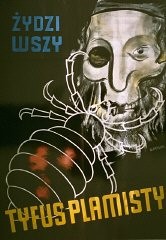
This poster from 1945 shows an embattled German family proclaiming, "Frontline City Frankfurt will be held!" A Frontstadt was a city Hitler declared must be defended against Allied attack at all costs. In the final months of the war, propaganda efforts were directed at rallying the populace for a final defense of the country.
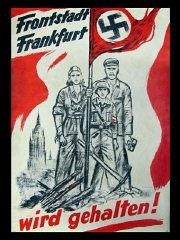
Poster: Nuremberg / Guilty! After the end of the war and the defeat of Nazi Germany, Allied occupation authorities in Germany used posters such as this one to emphasize the criminal nature of the Nazi regime.
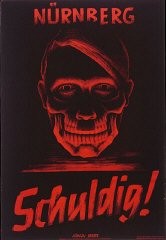
During World War II, the Nazi regime financed and facilitated anti-British and antisemitic broadcasts by the former Mufti of Jerusalem, Hajj Amin al-Husayni, an Arab nationalist and prominent Muslim religious leader, to mobilize support for Germany and the Axis among Muslims in the Balkans and the Middle East. At the close of the war, al-Husayni was arrested in the French occupation zone of Germany. After authorities moved him to France, al-Husayni fled to Egypt, where he continued to produce and…
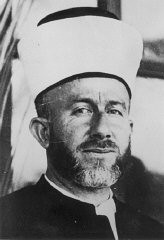
The Jacobsthal family poses with an aunt and uncle who are visiting their home in Amsterdam before emigrating to Chile. Amsterdam, The Netherlands, February 1938.

Cuban immigration papers issued to Ella Schatz, who had obtained passage aboard the Orinoco. On May 27, 1939, the Orinoco left Hamburg with 200 passengers bound for Cuba. Informed by radio of the difficulties other ships carrying refugees were facing in Havana, the captain of the Orinoco diverted the ship to waters just off Cherbourg, France, where it remained for days. The 200 refugees ultimately returned to Germany in June 1939. Their fate remains unknown.
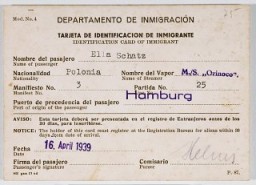
View of a bridge spanning a canal in Nuremberg. The houses and bridge are decorated with Nazi flags and banners. Photograph taken by Julien Bryan in Nuremberg, Germany, 1937.
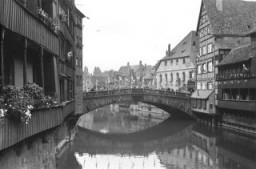
Julien Bryan was an important US documentary filmmaker and photographer who captured the everyday life, work, and culture of individuals and communities in many countries around the globe. Bryan was filming in western Europe in the summer of 1939. In the first week of September 1939, Bryan made his way to Warsaw just as all foreign reporters, diplomats, and Polish government officials were fleeing the capital in the wake of the German invasion. One of the few foreign photographers left in the city, he…
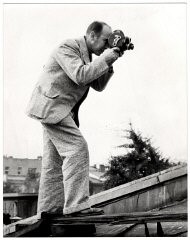
View of the smoldering ruins of a building in Warsaw following a German aerial attack. Warsaw, Poland, September 1939.
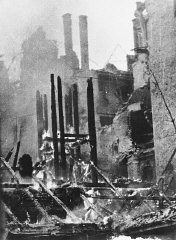
We would like to thank Crown Family Philanthropies, Abe and Ida Cooper Foundation, the Claims Conference, EVZ, and BMF for supporting the ongoing work to create content and resources for the Holocaust Encyclopedia. View the list of donor acknowledgement.